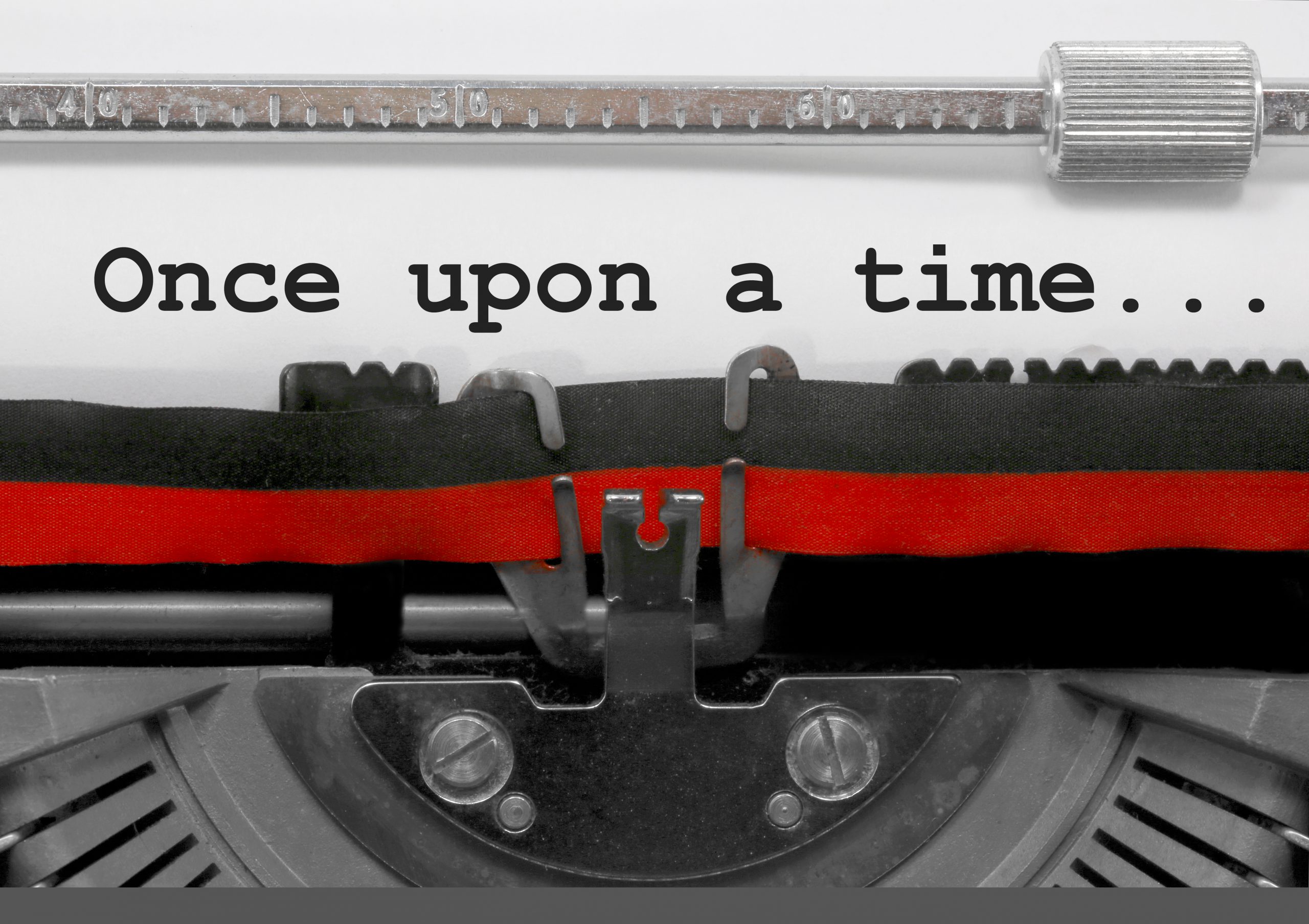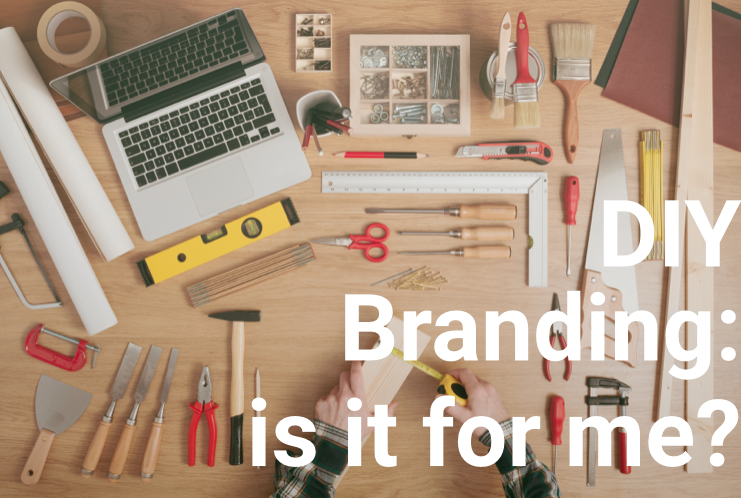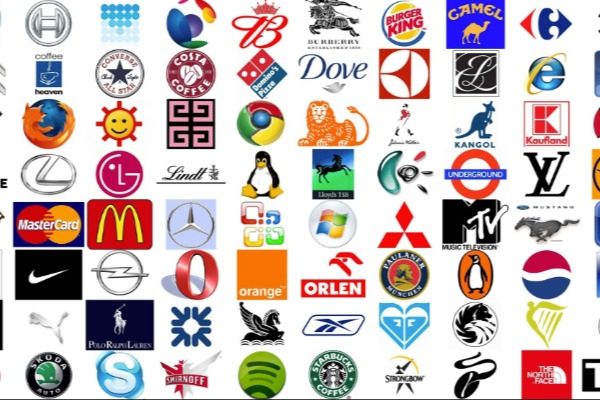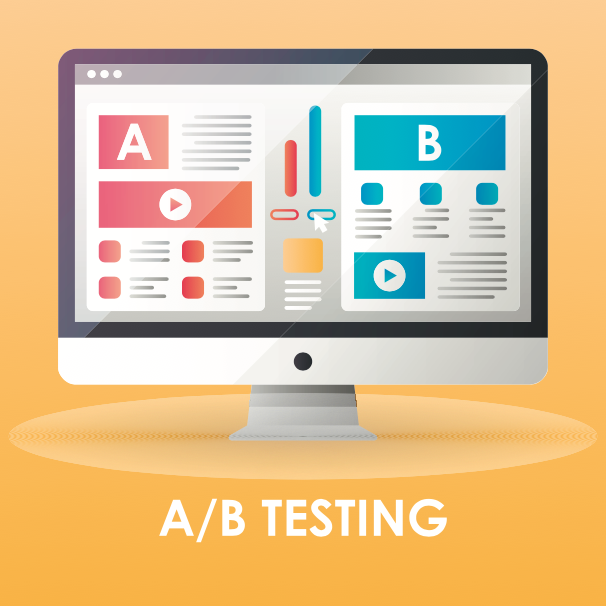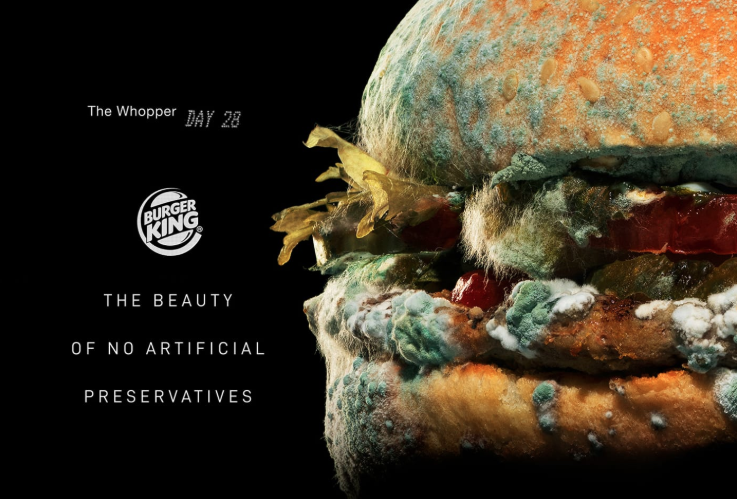Make Your Content Better: Tell A Story
Recently, a business leader asked how to make his presentations more engaging. As the owner of a networking monitoring company, he typically started his presentations by talking about solutions, network optimization and cloud architecture. I recommended he scratch all that, and instead tell a story his audience could imagine themselves dealing with. To his surprise, audience engagement and prospect interest skyrocketed.
Why are stories so effective?
Here’s a not-so-well-kept secret: we humans are biologically wired for stories. Really. Studies show, stories engage us on a systemic level:
- When you listen to a story that references color, the part of your brain that processes color lights up; in your mind, you can “see” the colors.
- If the story involves sensory issues – like the feel of something, or distinct sounds – the part of your brain that processes sensory lights up, and it’s as if you could feel or hear those parts.
- When you listen to a story that involves motion, the part of your brain that processes motion fires up, and your heart rate accelerates.
Not only this, but stories actually alter our body chemistry as we’re hearing the story:
- As the protagonist encounters conflict, the listener’s body creates cortisol, the stress chemical, creating heightened duress and attention.
- As the story unfolds, the body also produces dopamine (the reward chemical) which keeps the listener engaged in the story for the outcome.
- And last but not least, during the story the body produces oxytocin, bonding the listener to the protagonist and the outcome. The power of story is that it can transport the listener into the story; it’s as if they’re living it themselves.
All this engagement from simply telling a story? It’s true. Storytelling is simply the most effective communications medium — ever. Which is why at Magnetic Current, we use storytelling strategy when branding businesses, to make client brands magnetic to the people they need to reach.
What is storytelling strategy?
Whether you’re giving a presentation about your products, writing a case study, or delivering your company’s brand story: there’s a strategy for telling stories. In our experience, the best story strategy for B2B brands borrows heavily from the hero narrative structure, constructed by famed mythologist Joseph Campbell.
We recommend the following structural storytelling elements in your brand story:
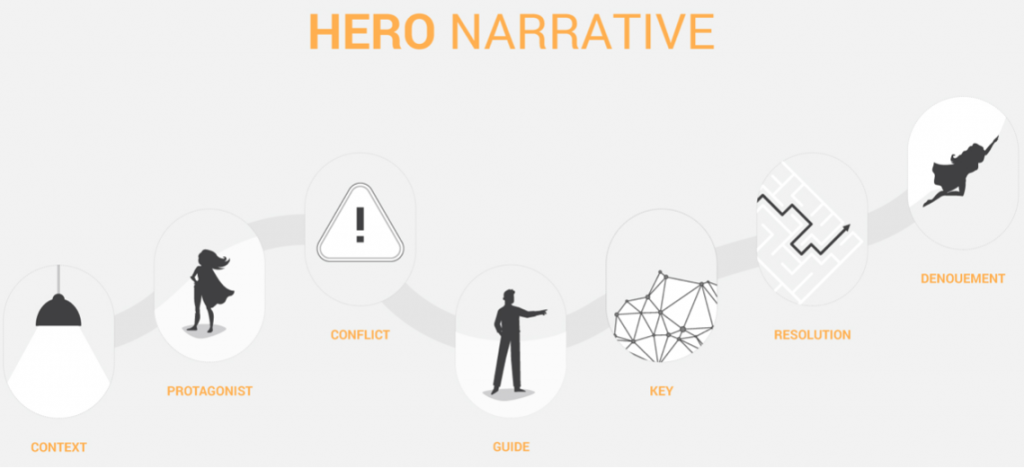
- Context: You want to describe enough about the situation so the listener is transported. The more details – visual, motion, auditory cues – the better.
- Present the Protagonist: create an opportunity for the listener to immediately identify with the protagonist. The listener should understand and relate to the protagonist, and be challenged when…
- The Protagonist faces Conflict. Conflict is everything in a story. There is no story without conflict! It’s essential to any story, and certainly to the hero narrative, because it’s the turning point where our hero realizes she has a problem, attempts to fix it, and cannot. Frustrated, she’s about to give up when…
- She Encounters A Guide who has The Key. A new character appears, someone who helps her see things differently, and offers her a solution.
- Resolution: With this help, she masters her conflict. She returns from her “journey”, triumphant, having overcome a seemingly insurmountable challenge and…
- Denouement: is able to go on and do great things.
We love this simple formula for B2B brands – it’s highly effective in showing (not telling) how your offering can truly help your customers overcome their problems and emerge better than before.
Other elements for storytelling strategy
The things to remember about storytelling in business: while it’s your story, it’s important to remember who undergoes the transformation, who benefits in your narrative, and who is rewarded by your offering. Your customers. They are always the hero in your story. Resist the temptation to turn your story into a company press release. Stay on script, stay in the background and let the flow of your story position you in the right light.
As well, you want your brand archetype to emerge as part of the story, and in tone and style. What is an archetype? It’s really the use of psychological motifs and metaphors in branding, and is a powerful way to further draw connection with your audience. For more about archetypes, we recommend this article.
Also, add the right touches to make your story compelling. Start with a great hook. A startling statistic, a vivid description, a compelling question or a gripping statement: you want to grab your listener’s attention. For more on hooks, this article is a great read.
Finally, we love open loops to build intrigue and keep readers engaged. Open loops are when information is presented in the story, but not immediately explained. A shotgun is introduced in the first scene – why? We learn the protagonist can talk to animals – why? Our brains are wired for conclusions, and when the answers aren’t provided, the brain engages, waiting until the answer appears. Open loops are a clever way to keep your audience curious. You can read more about open loops here.
How can I use these elements to tell my business’ story?
With this map in front of you, study your business. Begin designing your business’ brand story by answering the following questions:
- What is the context for your customers?
- Who is the ideal protagonist?
- What problem do they encounter that causes them to stumble?
- (You are the guide, and your business solution is the key)
- What would resolution look like, in terms of solving the problem?
- And finally, what denouement would you end the story with?
Now, put together the pieces of your brand story. As an example: if you are the networking monitoring company mentioned above, the context could be a situation or event where network uptime is essential. Say, an event like CyberMonday. The protagonist would be a business that depends on being online for revenue purposes: an online retailer. The conflict: their website goes down. The guide and the key? That’s the networking monitoring company and their solution that never-ever goes down because of triple redundancy measures. The resolution is that the guide and the key help the online retailer fix their site so they never go down again. Denouement could be: next holiday season, they triple online sales.
Once you know your brand story, you can use storytelling for many customer-facing interactions: presentations, case studies, even as a conversation starter to talk about your business solutions and how you help make your customers’ lives better. If you need help with your brand story, connect with us, we’re here to help make your business magnetic to success.

